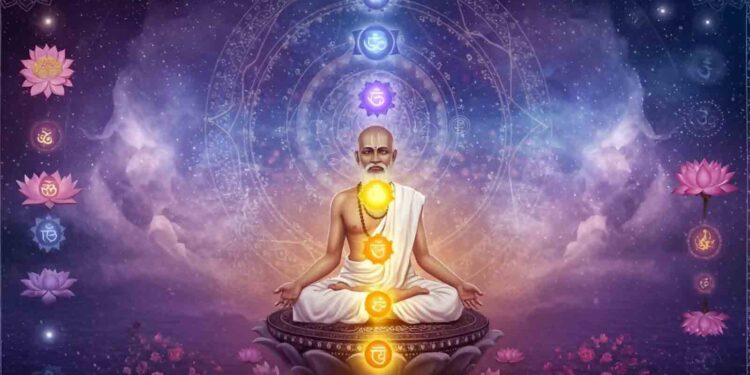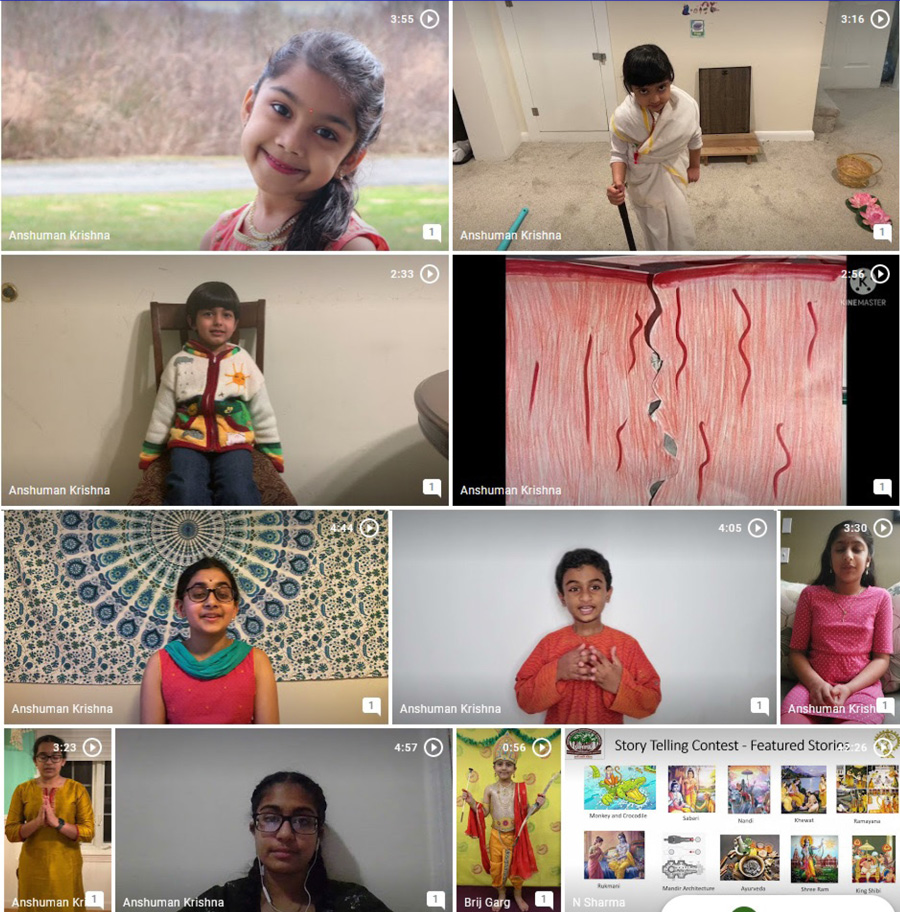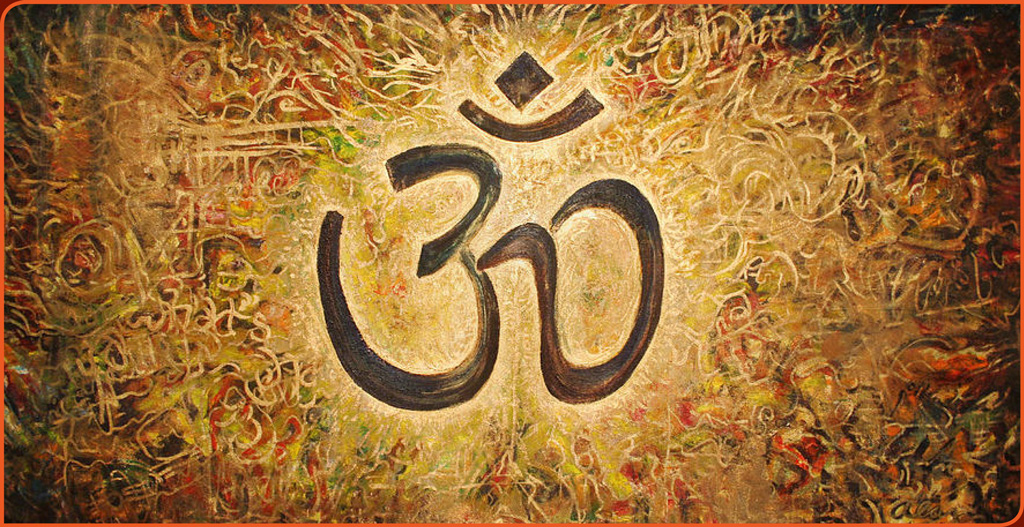This happens because we forget who we really are. e constant striving for worldly possessions, attachments, external validations, and the pressure of maintaining these materialistic illusions lead to burden, anxiety, and disconnection from our true values.
Let’s start off with a fairly simple question – What makes us happy? Some people think money, power, or fame will make them happy. But have you noticed that even rich and famous people don’t always seem satisfied with what they have? Most of us seek happiness in life but often fail to attain it. Why do we fail? Why do people feel miserable at all?
The answer to these questions is found in Hindu Dharma. It teaches us that true happiness doesn’t come from the outside world or materialistic objects – it comes from within. The key is to connect with something deeper – our inner divine nature.
What is Moksha?
Hindu Dharma asserts that there is an eternal unchanging consciousness that is present throughout the universe. Connecting to this consciousness can lead to limitless bliss and happiness.
However, if this energy is present everywhere, why do we even feel sad?
This happens because we forget who we really are. The constant striving for worldly possessions, attachments, external validations, and the pressure of maintaining these materialistic illusions lead to burden, anxiety, and disconnection from our true values.
The Hindu spiritual practices can facilitate mediums through which we can shift our thought process, make our minds calm, focused, and help revive the connection with this divine consciousness.
This state of ultimate bliss is called Moksha – the freedom from all attachments, sufferings, and liberation from the cycle of birth and rebirth.

The Journey of the Mind
But how do we reach this state of bliss?
To find true happiness, we need to train our minds to be calm and collected. Just like athletes train their bodies to become stronger, we can train our minds to become more focused through different paths.
The first step is to discipline our minds into removing the want for material goals, and sense pleasures. To do this, we need to have a firm adherence to Dharma – the ethical foundation and code of conduct for all Hindus. Once the mind is free from distractions, it is no longer an obstacle to the enjoyment of the Divine bliss.
Hindu Dharma also prescribes different yoga paths to attain Moksha as everyone has different personal temperaments, physical and mental abilities.
The Paths to Moksha
Karma Yoga – This is the path of action. It means doing selfless service without expecting rewards (also known as seva). Actions such as volunteering, donating, and helping those in need soften our ego and help us see that true happiness is not found in luxuries but in caring for others.
Jnana Yoga – This is the path of knowledge. It’s for people who love to learn and think deeply. By studying ancient texts such as the Upanishads and questioning the nature of life, people on this path try to understand who they really are beyond their possessions.
Raja Yoga – This is the path of meditation and self-discipline. It’s for those who practice deep concentration, breathing exercises, and stillness to calm their minds. Many yogis follow this path to reach higher states of peace and awareness
Bhakti Yoga – This is the path of devotion. It’s for people who love to worship and feel connected to God through prayer, singing, and love. This path has no prerequisites but is also not an easy path either.
Conclusion
While all these paths focus on different ways to connect with the divine consciousness, they are ultimately connected with each other.
For example, practicing a deep path of devotion leads to the exposure of knowledge. Similarly, devoting ourselves to Ishwar makes us want to do seva in the service of Ishwar.
No matter what path you choose, your actions determine how close or far away you are from attaining Moksha. Though it may take several different lives, everyone is bound to reach liberation as the true resting place is with our own divine nature.



![[ India Today ] Ohio senator JD Vance thanks wife, a Hindu, for helping him find Christian faith](https://hinduvishwa.org/wp-content/uploads/2024/06/us-senator-jd-vance-reveals-how-his-hindu-wife-usha-helped-him-find-his-christian-faith-image-re-272530504-16x9_0-120x86.webp)










